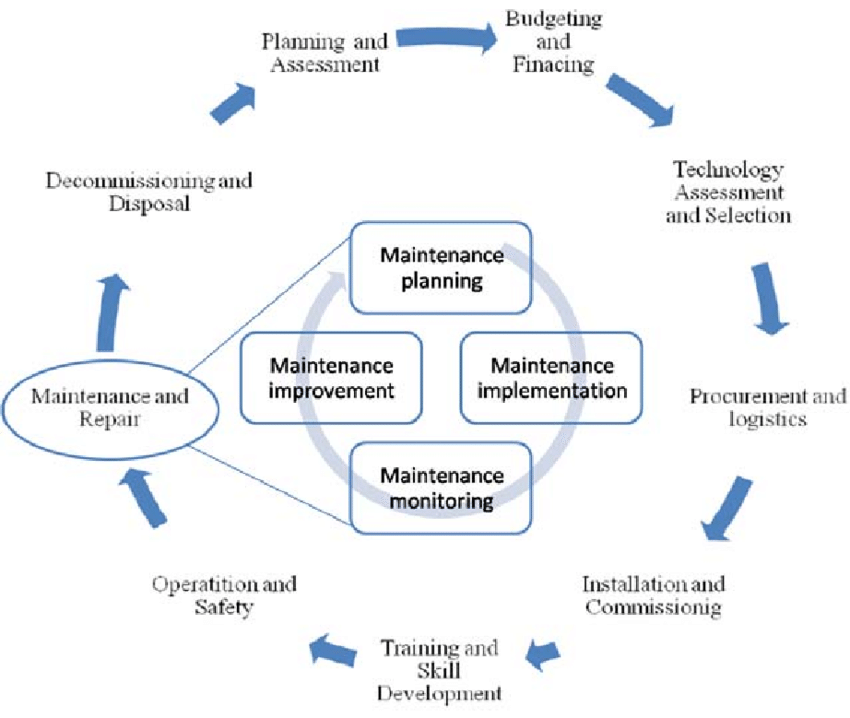
Clinical Engineering & Health Technology Management System
Clinical Engineering and Health Technology Management System
By Dr. Md. Anwar Hossain
Abstract
The rapid advancement of medical technology has transformed healthcare delivery across the world. However, without systematic management and skilled professionals, these technologies can become sources of risk rather than support. This article explores the concept, importance, and implementation of Clinical Engineering and Health Technology Management (HTM) systems, highlighting their vital role in ensuring patient safety, service reliability, and cost-effective healthcare—particularly in developing countries like Bangladesh.
1. Introduction
Modern healthcare depends on complex medical technologies that require continuous monitoring, maintenance, and technical expertise. Clinical Engineering (CE) bridges the gap between engineering and medicine by ensuring that all medical devices—from simple diagnostic tools to advanced life-support systems—operate safely and effectively. The integration of Health Technology Management (HTM) into hospital systems ensures that these technologies are planned, maintained, and utilized in a sustainable manner.
2. Definition and Concept
Clinical Engineering (CE) is the branch of Biomedical Engineering focused on applying engineering and managerial principles to healthcare technology, ensuring its safe and effective use in clinical settings. Health Technology Management (HTM) refers to the structured process of planning, acquiring, operating, maintaining, and disposing of medical equipment in a way that maximizes clinical and economic efficiency throughout its life cycle.
3. Objectives of CE and HTM
- To maintain the safe functional condition of medical devices.
- To support reliable clinical services through effective technology use.
- To optimize the equipment life cycle through preventive and corrective maintenance.
- To ensure patient safety and risk reduction in medical practice.
- To comply with national and international standards (e.g., WHO, ISO, IEC).
- To promote evidence-based decision-making in equipment procurement and replacement.
4. Core Components of HTM System
| Component | Description |
| Technology Planning | Identifying clinical needs, evaluating technologies, and budgeting for procurement. |
| Procurement and Installation | Developing technical specifications, vendor evaluation, acceptance testing, and safe installation. |
| Maintenance and Calibration | Performing scheduled preventive maintenance, repairs, and calibration to ensure accuracy. |
| Training and Capacity Building | Providing hands-on training to clinical users and biomedical staff. |
| Inventory Management | Using a Computerized Maintenance Management System (CMMS) to track equipment, performance, and history. |
| Decommissioning and Disposal | Environmentally responsible removal or recycling of obsolete or unrepairable devices. |
5. Role of Clinical Engineers
- Conduct technical evaluation and safety audits of medical equipment.
- Supervise installation, testing, and maintenance operations.
- Ensure compliance with healthcare technology standards.
- Support clinicians by offering technical troubleshooting and training.
- Participate in hospital committees on procurement and risk management.
6. Importance in Modern Healthcare Systems
- Reduce equipment downtime and maintenance costs.
- Ensuring patient safety through reliable technology.
- Strengthening healthcare resilience during emergencies.
- Promoting data-driven technology management and budgeting.
- Enabling sustainable and equitable access to healthcare technology.
7. Implementation Framework in Bangladesh
In Bangladesh, the integration of HTM into healthcare is crucial for optimizing public health resources. The National Electro Medical Equipment Maintenance Workshop and Training Center (NEMEMW & TC), under the Ministry of Health and Family Welfare, plays a key role in managing medical devices in public hospitals. To strengthen the system, Bangladesh should focus on:
- Establishing Clinical Engineering Departments in tertiary hospitals.
- Developing a National Health Technology Management Policy.
- Implementing standardized CMMS across districts.
- Enhancing training and certification programs for biomedical engineers and technicians.
8. Conclusion
A well-functioning Clinical Engineering and Health Technology Management System ensures that medical technology truly serves its purpose—saving lives and improving quality of care. For developing countries like Bangladesh, investing in CE and HTM is not merely a technical necessity but a strategic move toward sustainable, safe, and efficient healthcare.

Share This

Leave a Reply